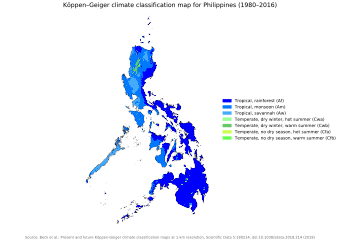Courses Summer 2013-14 > EC 102. Basic Economics, Agrarian Reform & Taxation
|



Economics Taxation And Agrarian Reform By Carlos Manapat Pdf Free

Taxation
The law of transfer and business taxation with illustrations, problems and solutions. Fil 39 D346 2009 Dimaampao, Japar B. (2005) Basic approach to income taxation. 343.052 D582 2005 Domondon, Abelardo T. (2013) Taxation. Fil 336.2 D673 2012 Manapat, Carlos L. (2014) Economics, taxation and agrarian reform. The Agricultural Land Reform Code (RA 3844) was a major Philippine land reform law enacted in 1963 under President Diosdado Macapagal. The code declared that it was State policy To establish owner-cultivatorship and the economic family-size farm as the basis of Philippine agriculture and, as a consequence, divert landlord capital in agriculture to industrial development. It is recognized that the national gains and losses from an agrarian reform depend not only on the numbers of landowners and beneficiaries affected by the reform and the extent of the area of arable land that is being redistributed, but also on the extent of consequential changes in output, income and government tax revenue, employment.
